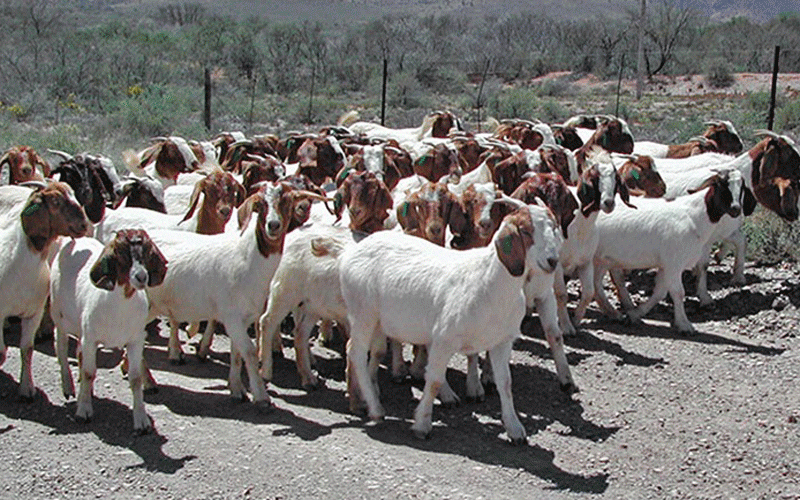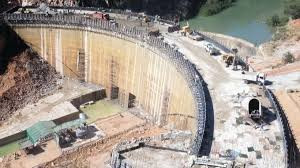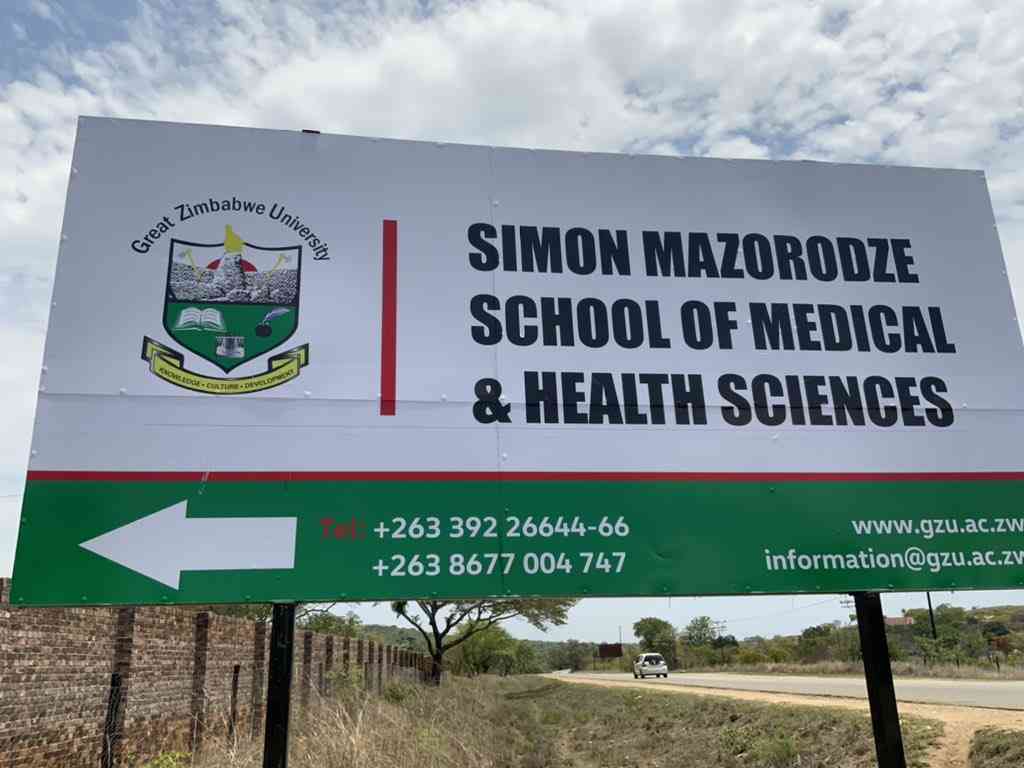
The food industry is of great importance to the well being of Zimbabwe’s people and its economy. Developing food supply chains in our country’s agricultural system could be one of the keys for higher value-added activities that grow our economy and for the fair income of stakeholders and actors along the chains. If well developed, food supply chains can be a source of much-needed foreign currency through export generating, value added activities. Within the food industry, meat is highly essential and plays a significant role in the human diet because of its nutritional properties. Animal-source foods provide high-quality and readily digested protein, rich in energy and provide readily absorbable and bioavailable micronutrients.
Against this background, goat meat is one the best yet underrated or ignored sources of protein in Zimbabwe. Despite goat meat’s excellent nutritional qualities, it barely features in our food system. This source of protein has been relegated to the margins yet indications are that the demand for this healthy meat will increase. In view of this, understanding the dynamics of the goat meat supply chain is key to unlocking goat’s contribution to our food system, profitability of the sector and potential contribution to the economy. Mapping of the goat supply chain’s structure and processes is required to identify competitive pressures, key constraints and market opportunities.
At the same time, understanding the goat meat supply chain can ensure that consumers can access the meat at affordable price points and in a consistent manner that adheres to requirements of food safety standards.
The goat meat value chain begins when the decision to produce goats is made and ends when the meat is eaten by the consumer.
A lot occurs between those two points, and disruptions can vary depending on which stage of the supply chain is impacted and also how severe it is. The goat meat value chain, that is, the chain of activities through which a goat passes through, gaining added value in the process has little to no footprint in the country. It’s a free-for-all arena with no guides or standards, making it difficult to grow the sector.
In ideal terms, goats should have a relatively short-supply chain that can contribute to increased food security and economic growth in Zimbabwe. But fact of the matter is that the goat meat supply chain in Zimbabwe is highly informal, broken, time-consuming and costly. It involves a series of fragmented networks and movements for the production, sourcing, clearance, slaughtering, processing and transportation of goats and goat meat products to the final consumer via either a slaughterhouse, butcher, retailer or food service outlet.
A major issue relates to the location of slaughterhouses in production areas as opposed to consumption areas and the lack of an efficient transport system, which is compounded by a lack of refrigeration. Without refrigeration, the animals need to be slaughtered near to the point of consumption.
The development of refrigeration (transport and cold-stores), has a profound improvement on slaughtering and on the distribution of goat meat and makes it possible to slaughter goats nearer the place of production and transportation of the dressed carcasses to the consumption centres. This can create much-needed employment in rural areas where most of the goats originate.
- Mavhunga puts DeMbare into Chibuku quarterfinals
- Bulls to charge into Zimbabwe gold stocks
- Ndiraya concerned as goals dry up
- Letters: How solar power is transforming African farms
Keep Reading
In Zimbabwe, there is currently a lack of a comprehensive and detailed information system of the entire goat supply chain, which can provide an understanding of opportunities, vulnerabilities, bottlenecks and full ramification of impacts of potential disruptions that can be caused by either a pandemic, disease outbreak or natural disaster. The major sticking point is that goats have long been regarded as purely subsistence animals: approximately 95% of Zimbabwe’s 4,7 million goats are produced by subsistence farmers.
Employing inputs such as land, feed, animal husbandry, and capital and equipment, the goat meat supply chain in Zimbabwe starts with a primary production stage that is highly dispersed and lacks professionalism.
Animal management and production is indeed an integral part of the supply chain. The management of breeds and capacity to access improved genetics or properly manage local genetics for goat meat is key to the goat meat industry’s expansion in Zimbabwe. Genetic improvements may focus on meat quality and taste, along with animal production traits and characteristics.
In this regard, there is a need to improve expertise on animal health, nutrition and management as a key first step to building a robust, next generation goat supply chain.
At the primary production stage, kids are born and weaned (buck/doe/kid operation), then raised on a forage diet to gain weight and muscle (backgrounding). It is important to understand that disruptions at this stage can result in the inability of consumers to purchase goat meat, thereby contributing to food insecurity. There are no feedlots where goats can be fattened up or finished with the objective of adding more muscle and intramuscular fat in preparation for market. This is a missed opportunity.
Overall, goat producers in Zimbabwe will have to employ new technologies and feeding methods to improve the productivity and yield of goats, especially the improved or indigenous breeds. Suffice to state that organic and natural systems which are a God-given in our country will have to be maximised for higher monetary gains.
Data on the inputs of goat supply chains including land, feed, animal husbandry, and capital and equipment used for the production and processing of goat meat is non-existent which derails evidence based decision making. Mapping the supply chain can help producers to increase their financial returns and contribute to economic growth in goat producing communities. It is important to leverage modern cloud applications for improved supply chain visibility and demand forecasting. Cloud supply chain management solutions can bring the entire supply chain into view by connecting partners and enabling mobility, accountability and proactive response to potential problems.
The networks, key attributes and critical linkage points in the goat value chain need to be subjected to further scrutiny. Cold chain logistics are critically required to maintain the food network and support the expansion of market access for a number of intermediaries in the supply chain. Furthermore, the road network is critical to this in ensuring all weather access to points of production.
Suffice to state that the goat supply chain in Zimbabwe still requires substantial work in order to unlock it so that it can contribute to national economic growth. A private company that will win in the goat sector needs to lock the supply chain. There is a need for a significant integration of all stages in the value chain from all aspects of primary production to delivery of the final product..
In conclusion, a system of food safety measures, quality assurance and traceability of goat from paddock to plate will not only serve to guarantee the integrity of the goat meat industry in Zimbabwe but also enhance its global attractiveness.
- Masimba Biriwasha is operations lead at Goat Order Co, www.goatorders.co.zw a digital start-up whose mission is to boost next generation goat production and value addition in Zimbabwe. He writes in his personal capacity. You can reach him at +263774462007










